Products
Your all-inclusive solution
All Products
Download our catalog
Get our Catalog
Applications
Acquire images with a large field of view and single-photon sensitivity, from standard video rates to complex acquisition modes tailored to your applications.
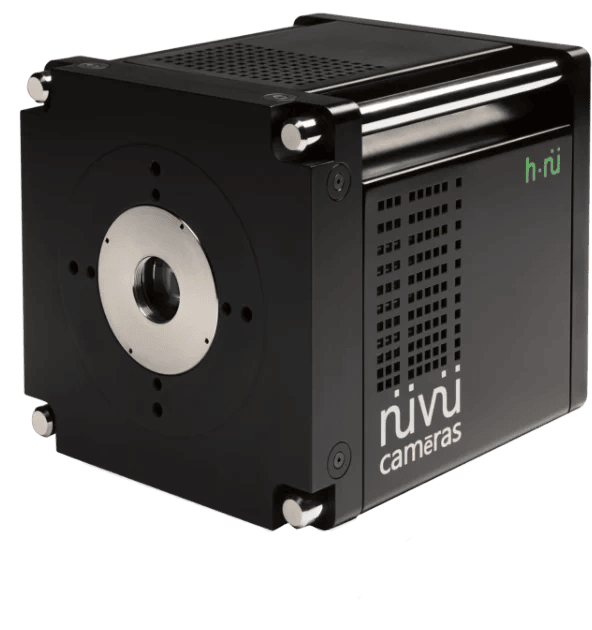
Made for applications requiring a large field of view along with photon counting capabilities in the fields of Space & Defense, Life Science, Physics, Industry and more. The HNü 1024 camera exceeds expectations, with unmatched sensitivity thanks to Nüvü’s patented electronics. With virtually no noise in each image, this EMCCD enables highly efficient low-flux imaging – allowing faster acquisitions while maintaining superior image quality.
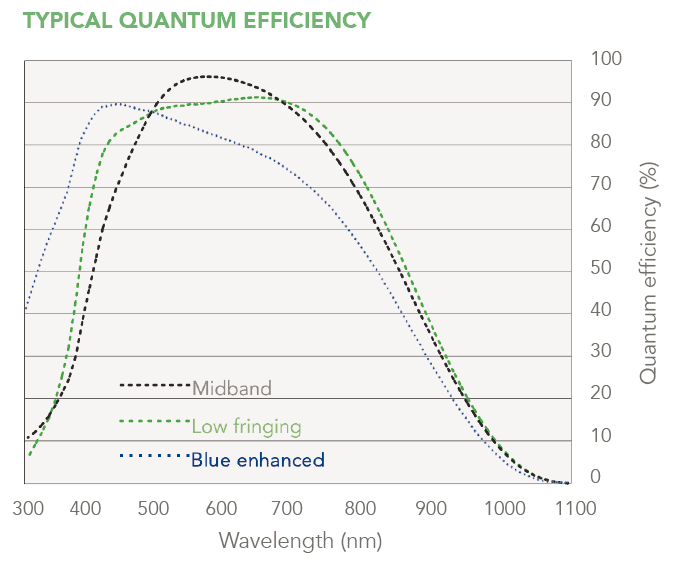
The HNü 1024 integrates the high QE (up to 95%) typical to high-end EMCCD detectors. Coupled with Nüvü’s patented electronics for the lowest background noise and the highest EM gain, this HNü 1024 camera is ideal for large field-of-view measurements in ultra-low light conditions.
The HNü 1024 EMCCD camera is also available with a Low fringing detector, UV Lumogen coating or a blue enhanced sensor for higher quantum efficiency in the blue and UV spectral region.
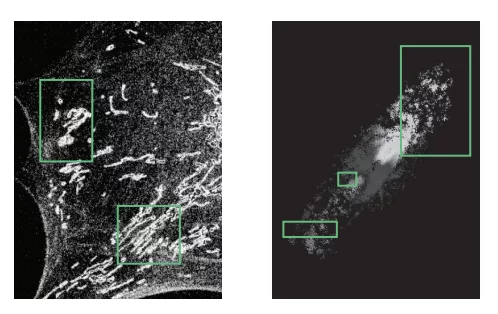
Instead of imaging an object with the entire EMCCD detector area, a user can set multiple smaller portions of the detector to perform the same task faster.
Selecting a particular region of interest (ROI) or multiple ROI (mROI) is a trade-off that offers higher frame rates at the cost of a reduced field of view. A ROI is subject to the same limitations as binning, namely that the speed gain occurs with smaller vertical regions but is restricted by the horizontal pixel rate.
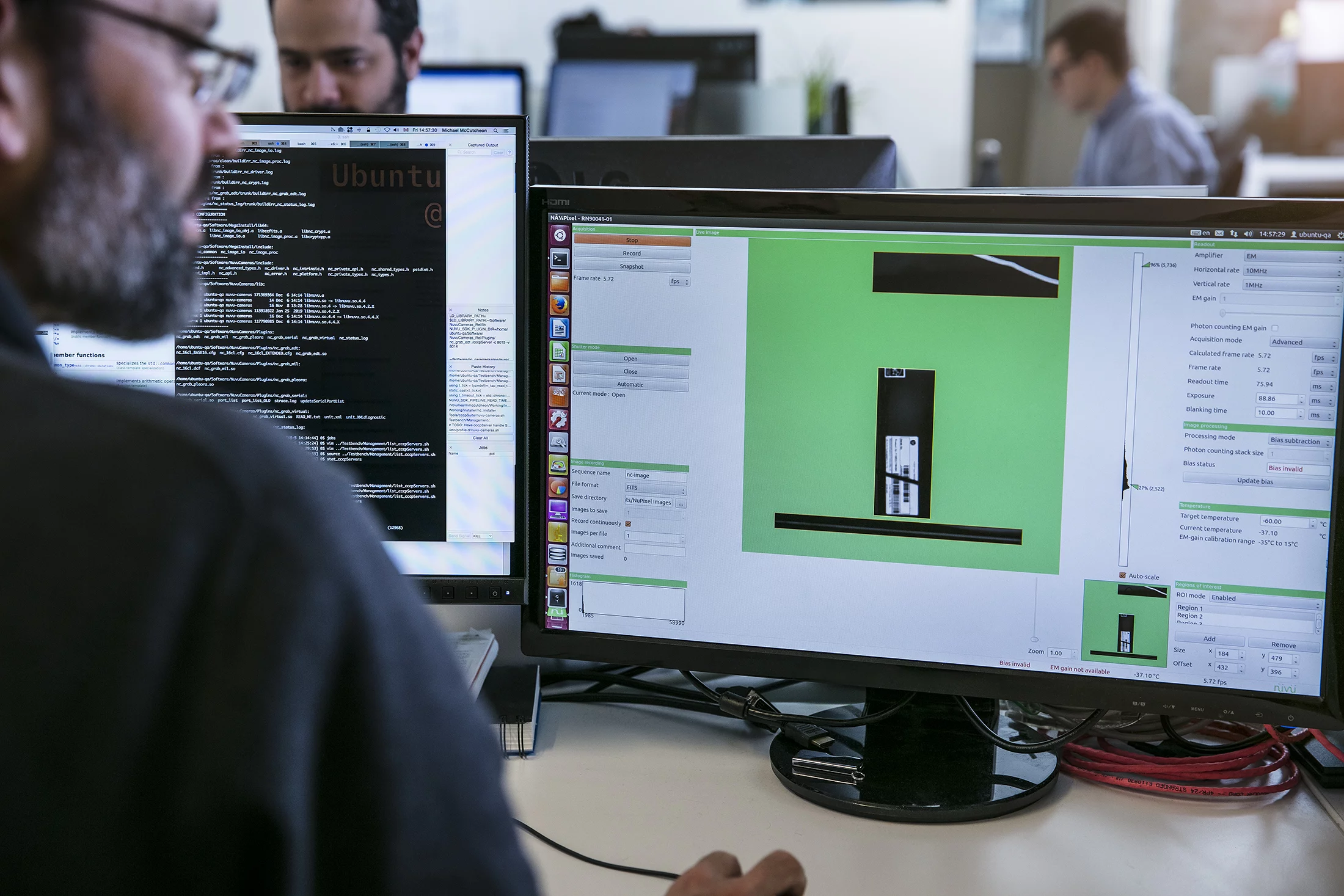
The user-friendly HNü camera provides many advantages to efficiently bridge the gaps between purchase, setup and discoveries.
The HNü camera is a compact and easy-to-use device with a Windows or Linux operating system. To allow quick and easy integration into any system, all standard HNü cameras come with a C-mount optical interface, imperial and metric mechanical holes on the faceplate, and standard holding posts on the sides of the camera. For fast and reliable image data transmission, the HNü camera communication interface are either Gigabit Ethernet or Camera Link. A built-in shutter enhances detector longevity, allows dark frame acquisitions, and is remotely controllable with our software tools for all application requirements.
Further customize the camera to your requirements for improved performances in your measurement contexts and increased versatility. A variety of options are available.
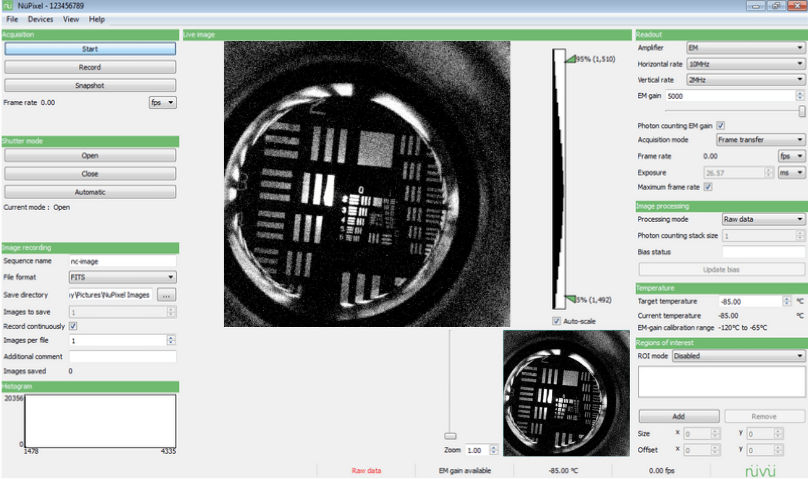
NüPixel control, acquisition and analysis software
Software development kit (SDK) for customizable programming
Various drivers available for commercial software
Windows & Linux compatibility
Worldwide professional customer support
In addition to an intuitive user manual for the easy installation and use of our products, Nüvü Camēras offers international on-site training as well as complete consulting services. Our team’s passion is the development of the ultra low-light imaging field; as such, we provide a variety of services to efficiently minimize the delay between purchase and discoveries.
Nüvü Camēras is a Canadian company specialized in designing and manufacturing novel low light imaging cameras for fields where the drive for cutting edge instrumentation propels innovation. We improve imaging performance for a number of fields including biomedical research, astronomy, photonics and more. As such, our cameras benefit from extended warranty policies. Basic product warranty includes 1-year on all parts and labor (subject to the terms and conditions expressed in the respective products’ user manuals).
Extended warranty options also available.
The darkest EMCCD cameras are manufactured by Nüvü Camēras. The secret? The CCD Controller for Counting Photons (CCCP), an innovative technology that virtually suppresses clock-induced charges (CIC), and a cooling Peltier unit integrated into an ingenious packaging. The thermoelectrically cooled HNü camera operates between -60 and -90°C with outstanding precision to optimize CIC and dark current to their ground level. The images below illustrate the accumulation of dark current when the shutter is closed. The darker the image, the less noise is present.
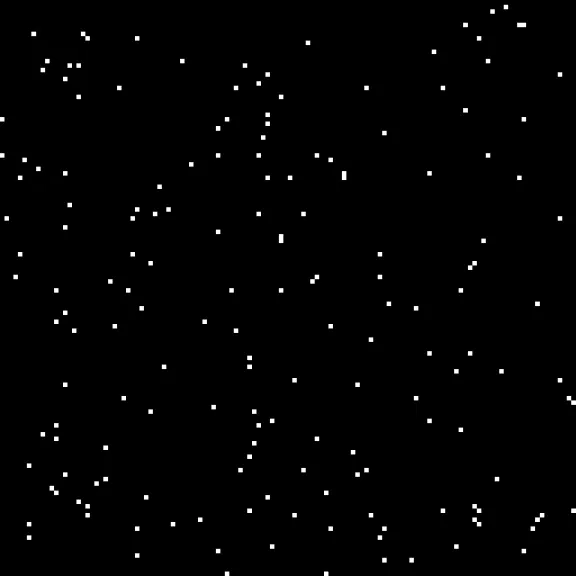
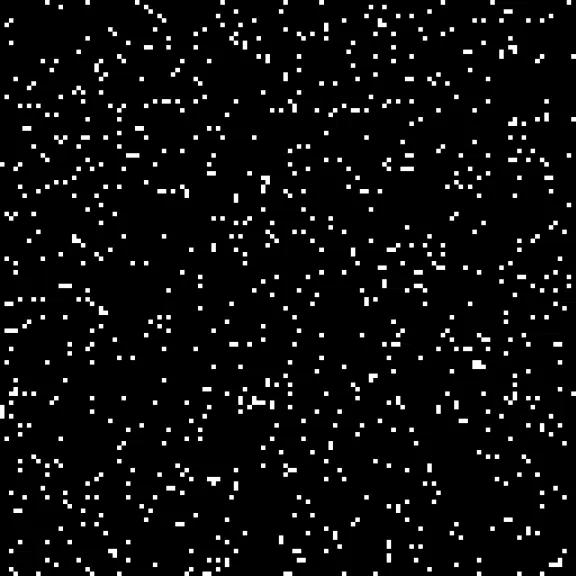
At high readout speeds, the electron transfer from one potential well to the next may be incomplete, leaving a few charges behind. Consequently, the leftover electrons artificially increase the brightness of certain pixels, thereby diminishing the overall image quality with the addition of arbitrary blurry spots. However, Nüvü Camēras’ CCCP preserves charge transfer efficiency (CTE), even at low operating temperature and increased EM gain, while decreasing CIC, yielding highly superior image quality.
As stated in its name, Nüvü Camēras’ proprietary CCD Controller for Counting Photons was purposely designed for photon-counting imaging. As such, no noise-filtering algorithms are used. The amount of noise generated is simply lower, eliminating the risk of removing genuine photoelectrons.
Resorting to arbitrary clocks rather than regular square clocks to shift the electrons through the EMCCD, the CCCP clamps down the generation of clock-induced charges and significantly reduced the detector’s total background noise. Consequently, the EMCCD ability to discriminate single-photon events is considerably increased, and the camera can effectively operate in photon-counting mode as long as the background noise is low.
In extreme cases where the expected intensity is about a single photon per pixel per second or even less, the photon counting (PC) mode is the ideal solution to obtain high-quality images. By eliminating the excess noise factor (ENF) and using a statistically significant threshold, pixels are individually analyzed to determine whether or not they truly detected a photon despite various noise sources.
Displayed below are images of extremely dim light sources — low concentration bioluminescent samples — and illustrate the power of photon-counting imaging in such conditions. All figures are courtesy of the Université de Sherbrooke Hospital Centre.
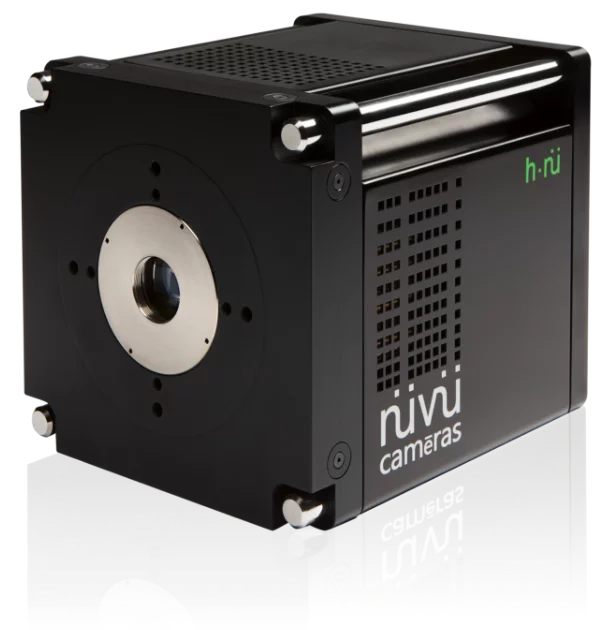

Single 30 seconds acquisition in conventional (CCD) mode. No details are visible where we should have seen several bioluminescent ATP samples.
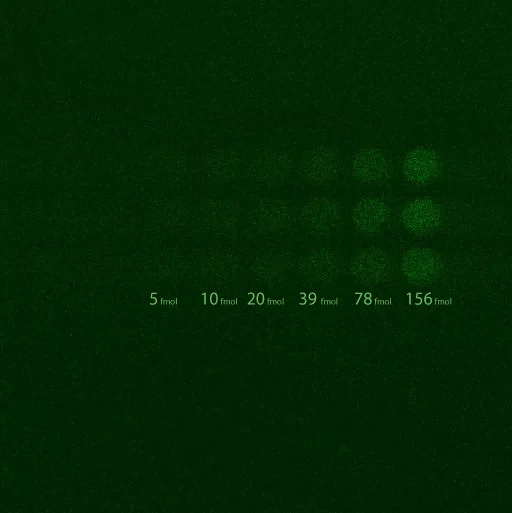
Applying electron multiplication to suppress the readout noise reveals the bioluminescent ATP samples in 5 seconds. As such, all six ATP concentrations are detectable with SNR values varying from 1.9 to 14.1 (or, equivalently, 2.8 dB to 11.5 dB).
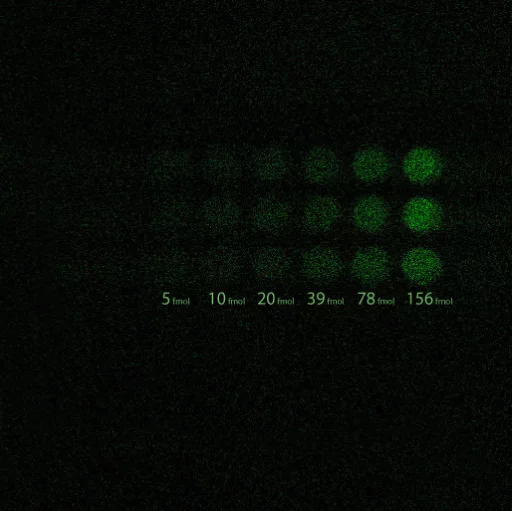
Photon counting mode with an EMCCD increases the contrast of all ATP samples by suppressing the excess noise factor (ENF), thus allowing considerable improvements in image quality. The SNR increases from 6.6 to 51.3 (equivalent to a range of 8.2 dB to 17.1 dB).
Any questions about EMCCD or low light imaging? Nüvü Camēras experts can provide advices on your low light imaging options.